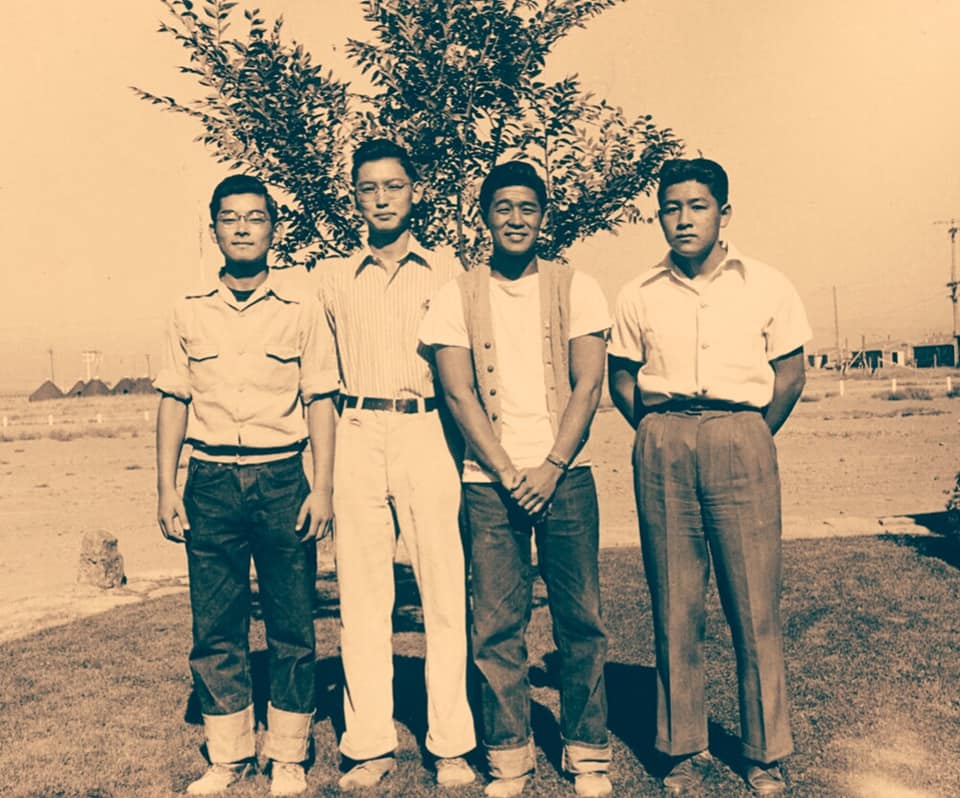Believing that the martial arts had become distorted by specialization into separate disciplines or transformed into sports, Mochizuki achievement was to assemble back the major techniques of the Japanese martial tradition into a single structure, as it was once practised. He oversaw the development of the system from his home in Shizuoka, Japan, where his dojo, the Yoseikan, was often visited by martial arts practitioners from all over the world.
Minoru Mochizuki was born on April 7, 1907 in Shizuoka. He moved to Tokyo with his family at a very young age, discovered the Martial Arts and started practicing Judo at the age of five, then Kendo and Ju Jutsu. Precisely in this latter art, in 1924 he was taken as a pupil by Oshima Sanjuro, a soke of an ancient style, the Gyokushin Ryu, specializing in joint dislocations, hip techniques and sutemes.
In 1927 he was accepted as Uchi Denshi by Kyuzo Mifune sensei (director of the Kodokan, X dan of Judo) and later noticed by the founder of Judo himself, Master Jigoro Kano, who made him one of his most brilliant assistants and researchers. On Kano’s initiative, Minoru Mochizuki enters a special section of the Kodokan, the Kobudo Kenkyukai. This institute was supposed to train the best Kodokan talents in ancient martial arts, the Koryu Bujutsu. Minoru sensei studies Katori Shinto Ryu (classic Japanese fencing), Shindo Muso Ryu (fencing with the JO stick). On his own initiative, he resumes studying Kendo with one of the best experts of the time, Nakayama Hakudo, who also introduces him to the Iai of the Muso Shindo Ryu school. He was later sent by Jigoro Kano to Maestro Morihei Ueshiba, founder of Aikido. Also held in high esteem by Master Ueshiba himself, in 1931 Minoru Mochizuki sensei returns to the city of Shizuoka, so linked to his family, and opens his Dojo, Budo Yoseikan. A few years later, in 1936, he had his first son, Hiroo.
To be continued…
Source: Facebook/Aikido



